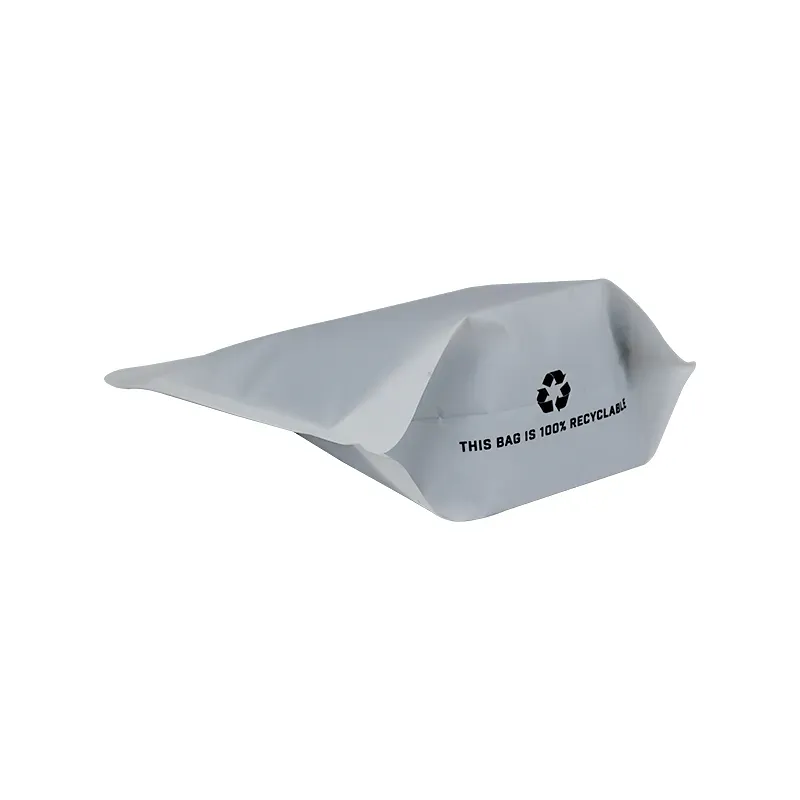Types of Woven Fabrics and Their Unique Characteristics
What Fabrics Are Woven An Exploration of Weaving Techniques and Types of Fabrics
Fabric has been an integral part of human civilization for thousands of years, playing a crucial role in clothing, decoration, and even functionality in various aspects of life. Among the plethora of fabrics available, woven textiles stand out due to their durability, aesthetic appeal, and versatility. In this article, we will explore what fabrics are woven, the techniques involved in weaving, and the diverse types of woven fabrics that enrich our atmosphere.
Understanding Woven Fabrics
Woven fabrics are created through the interlacing of two sets of threads, known as the warp and the weft. The warp threads run vertically, while the weft threads run horizontally. This intersection creates a grid-like structure that is characteristic of woven textiles. The process of weaving can be performed by hand or with the assistance of machinery, with each method yielding unique characteristics in the final product.
Weaving Techniques
There are several primary weaving techniques, each resulting in distinct patterns, textures, and uses. The most common techniques include
1. Plain Weave This is the simplest and most commonly used weaving technique. It involves over-and-under interlacing, where the weft passes over one warp thread and under the next, creating a flat, uniform fabric. Examples include cotton muslin and gingham.
2. Twill Weave In twill weaving, the weft thread passes over one or more warp threads and then under two or more, resulting in a diagonal rib pattern. This technique produces a stronger fabric that is often used for denim, houndstooth, and gabardine.
3. Satin Weave Satin weave is characterized by a smooth surface with minimal interlacing, yielding a glossy finish. This technique is commonly used for luxurious fabrics such as silk satin and polyester satin, often employed in formal wear and evening gowns.
4. Jacquard Weave Jacquard weaving uses a special loom to create intricate patterns and images in the fabric. This technique allows for greater detail and complexity, resulting in fabrics like brocade and damask, which are often used in upholstery and formal attire.
5. Leno Weave This method involves twisting adjacent warp threads around each other before inserting the weft. Leno weave creates an open, airy fabric, ideal for applications such as nets and gauze.
what fabrics are woven

Each of these techniques contributes to the vast array of woven fabrics available on the market today.
Types of Woven Fabrics
The types of woven fabrics are incredibly diverse and cater to different needs and preferences. Here are some notable examples
- Cotton One of the most popular woven fabrics, cotton is favored for its breathability, softness, and absorbency. It is used in everything from everyday clothing to bed linens.
- Linen Made from the fibers of the flax plant, linen is known for its strength and natural luster. It has the ability to wick moisture away from the body, making it a popular choice for summer garments and table linens.
- Wool This warm, insulating fabric is derived from sheep and is often used in sweaters, suits, and coats. Woven wool can take on a variety of textures and patterns, including herringbone and tartan.
- Silk Renowned for its luxurious feel and sheen, silk is a highly prized woven fabric often used in high-end clothing and accessories. Its natural temperature-regulating properties make it suitable for both warm and cool climates.
- Denim A sturdy twill fabric, denim is commonly associated with jeans and casual wear. Its durability and versatility have made it a staple in wardrobes around the globe.
Conclusion
Woven fabrics continue to hold a significant place in both fashion and functionality. With a variety of weaving techniques and a spectrum of fabric types, the world of woven textiles is rich and varied. As we enhance our understanding of these fabrics, we appreciate not only their beauty but also the craftsmanship and tradition involved in their creation. Whether for clothing, home decor, or artistic expression, woven fabrics offer endless possibilities for creativity and innovation.













